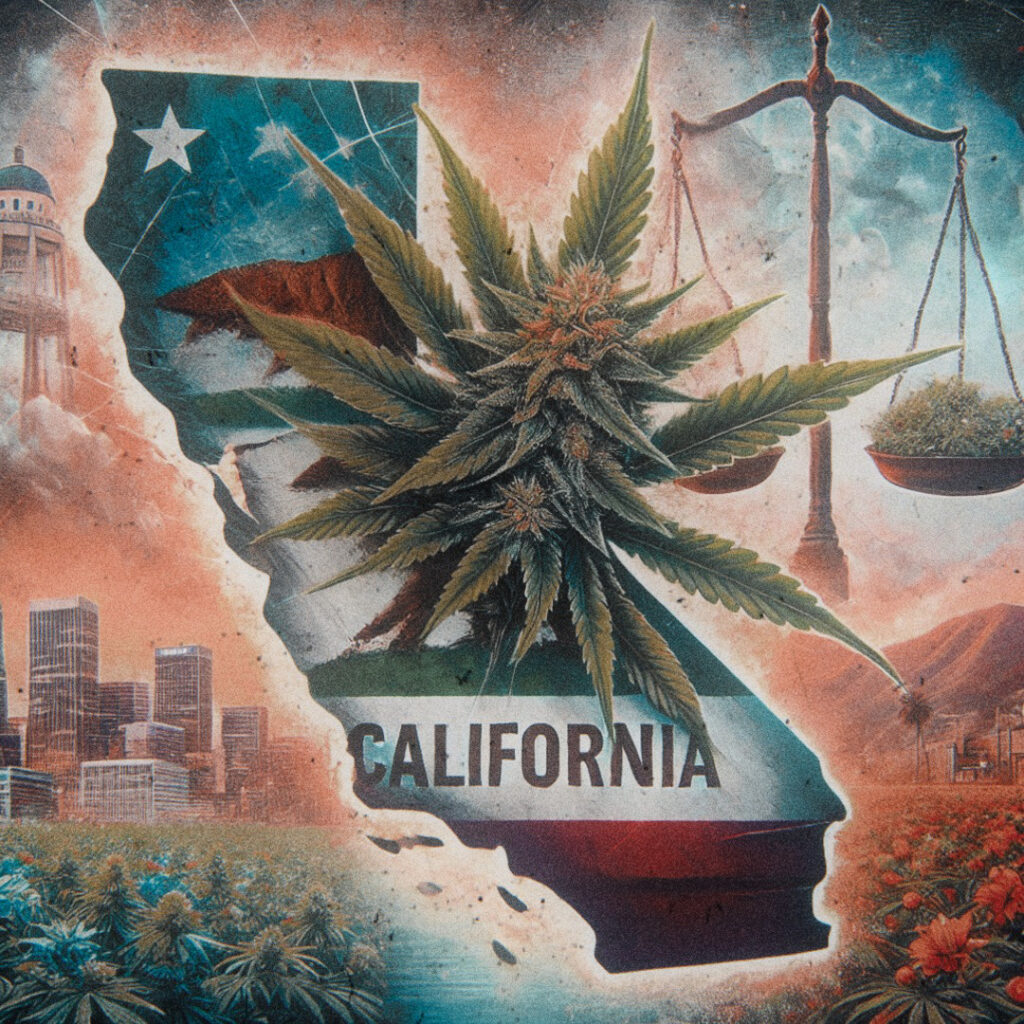California’s legacy cannabis market thrives despite legalization, highlighting cultural roots, systemic barriers, and the enduring divide between licensed and unlicensed operators.
The legalization of recreational cannabis in California following Proposition 64 was hailed as a milestone for the industry. It promised to integrate a once “illicit” market into the framework of legitimacy, tax revenue, and regulation.
However, years later, the so-called “legacy market” — the term often used to describe unlicensed cannabis operations — remains an abiding force, underscoring the contradictions and challenges of cannabis legalization. Far from disappearing, the legacy market has evolved and adapted, suggesting that the roots of California’s cannabis culture run far deeper than any regulatory framework.
A Tale of Two Markets
California’s cannabis industry exists as a dichotomy. On one side, there’s the legal market — bound by strict regulations, licensing fees, and taxes. On the other, the legacy market thrives on accessibility, lower costs, and a customer base skeptical of the commercialized cannabis experience.
Proposition 64 may have legitimized cannabis in the eyes of the state, but for many longtime growers, sellers, and consumers, the idea that cannabis was ever “illegal” defies reason. After all, cannabis was cultivated and traded in California long before it became a commodity.
This enduring divide isn’t merely a result of historical inertia; it’s a reflection of systemic flaws in the legal market. High licensing fees, prohibitive regulations, and aggressive enforcement efforts have made it difficult for small-scale growers and operators — many of whom are the backbone of the legacy market — to transition into the legal framework.
Enforcement Efforts and Their Limitations
California has poured significant resources into combating unlicensed cannabis operations through initiatives like the Multiagency Eradication and Prevention of Illicit Cannabis (EPIC) program and the Unified Cannabis Enforcement Task Force (UCETF).
In 2024 alone, these agencies reported seizing over 150,000 pounds of unlicensed cannabis. This staggering figure underscores the sheer scale of the legacy market and the challenges of eliminating such entrenched operations.
High-profile operations, such as the Toy District sting in Los Angeles, highlight the scope of enforcement efforts. In addition to urban raids, authorities have focused on shutting down large-scale illegal grows in Northern California, issuing hefty fines and destroying infrastructure. Despite these efforts, the resilience of the legacy market demonstrates the limitations of enforcement, as many operators simply adapt and reestablish their businesses.
While these actions might appear effective on paper, they come with high costs. Detecting remote grows requires significant manpower and resources, and the cyclical nature of enforcement means that for every operation dismantled, another quickly takes its place. This revolving door reveals the difficulty of addressing a market that is deeply rooted in California’s cannabis culture and economic realities.
Environmental and Economic Consequences
The environmental impact of unregulated cannabis cultivation is often cited as a justification for enforcement. Harmful pesticides, excessive water usage, and the degradation of California’s natural resources pose legitimate concerns. However, these issues are not exclusive to the legacy market. Many argue that over-regulation in the legal market creates barriers to sustainable practices, driving some growers to operate outside the system.
Economically, the legacy market is a double-edged sword. While it undermines the legal market by diverting revenue and taxes, it also highlights the prohibitive costs of compliance. Legal operators face steep licensing fees, excise taxes, and regulatory hurdles, while legacy market participants operate with lower overhead, offering more affordable products to consumers.
Reforming the Legal Framework
Governor Gavin Newsom and the Department of Cannabis Control have introduced legislative measures aimed at simplifying licensing and strengthening enforcement. Yet, these efforts often miss the mark for small-scale growers and operators, who struggle to navigate the bureaucracy of legalization.
Proposed reforms such as equitable licensing structures and the potential for interstate cannabis commerce could bridge the gap between the two markets. Advocates argue that lowering barriers to entry and creating a fairer system could incentivize more legacy operators to join the legal market.
The Legacy Market’s Enduring Appeal
Public awareness campaigns and health initiatives are often deployed to dissuade consumers from purchasing unlicensed cannabis. However, the appeal of the legacy market isn’t solely about cost or convenience — it’s cultural. For many Californians, the legacy market represents authenticity, community, and resistance to corporate cannabis.
Efforts to regulate or eliminate the legacy market must acknowledge this cultural dimension. Rather than demonizing legacy operators, the state could embrace a more inclusive approach, recognizing their contributions to California’s cannabis heritage.
A Thriving Duality
The legacy market’s resilience speaks to the intrinsic absurdity of cannabis prohibition and the challenges of integrating a deeply rooted, informal economy into a regulated system. California’s cannabis story isn’t just about enforcement, environmental concerns, or economic impacts — it’s about a culture that refuses to be boxed in by the artificial lines of legality concerning a plant that grows naturally.
As the state grapples with the complexities of legalization, the legacy market serves as a reminder that cannabis is more than a commodity. It’s a symbol of resistance, a cornerstone of community, and a testament to California’s rich cannabis heritage. Rather than waging a futile war against the legacy market, perhaps the future lies in embracing its strengths and finding a way to let both markets coexist — not as adversaries, but as branches of the same resilient tree.

***
Trap Culture is the ultimate destination for cannabis enthusiasts who want to experience the best of Arizona’s cannabis culture. Whether you are looking for the hottest cannabis-friendly events, the latest news on cannabis legalization, trends in the industry and exclusive, limited-edition products from the top brands in the market, Trap Culture has you covered. Visit our website to learn more about our events, our blog, and our store. Follow us on social media to stay updated on the latest news and promotions. Join the Trap Culture family and experience the most immersive and engaging social cannabis events in Arizona.
Follow us on social media




